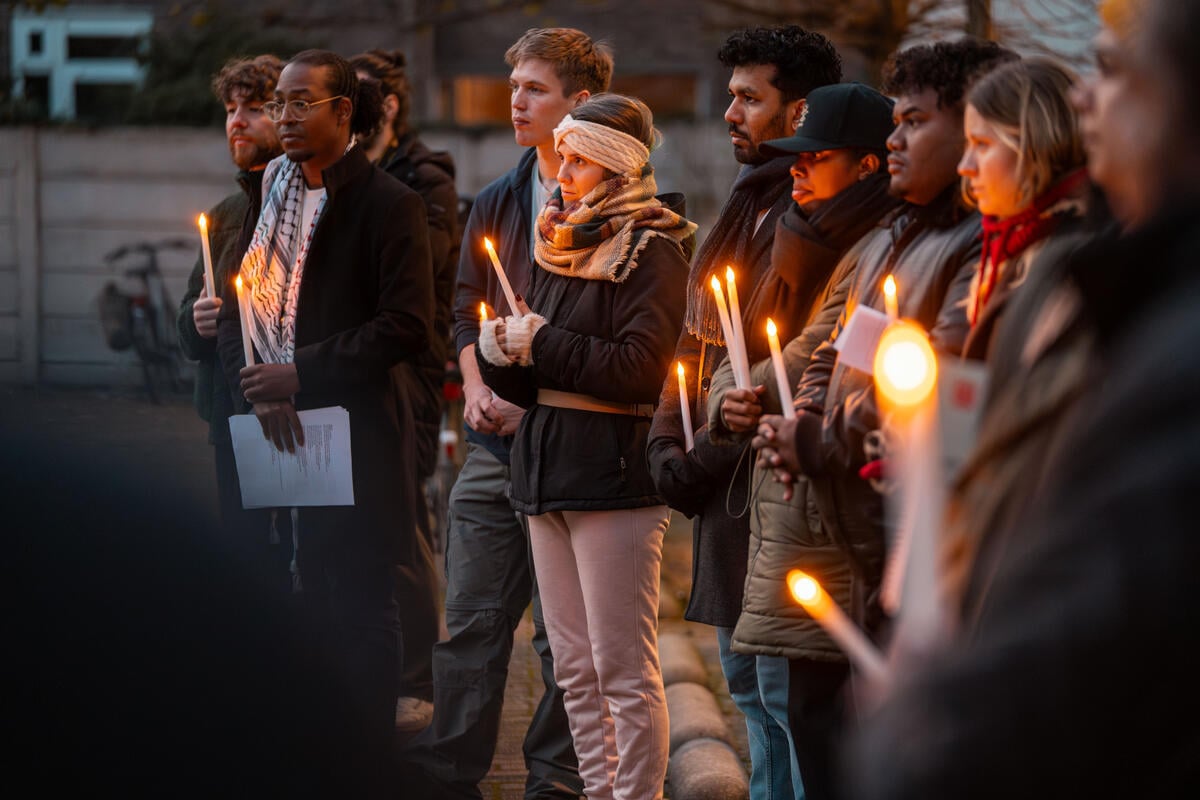A new assessment warns that if Earth’s average temperature reaches 2 degrees C over the preindustrial average, widespread areas may become too hot during extreme heat events for many people to survive without artificial cooling.
The paper finds that during humid heat waves, areas too hot for even healthy people between the ages of 18 and 60 to keep a safe core body temperaturewill approximately triple to 6%, a landmass almost the size of the United States. Areas that will threaten those over 60, who are more vulnerable, will increase to about 35% of the planet’s landmass.
The paper was just published in the journal Nature Reviews Earth & Environment.
Last year was the first calendar year with a global mean temperature of more than 1.5 degrees C above the pre-industrial average. At current rates of warming, 2 degrees could be reached by the mid or late 21st century.
“Unsurvivable heat thresholds, which so far have only been exceeded briefly for older adults in the hottest regions on Earth, are likely to emerge even for younger adults,” said lead author Tom Matthews of King’s College London. “In such conditions, prolonged outdoor exposure, even for those if in the shade, subject to a strong breeze and well hydrated, would be expected to cause lethal heatstroke.”
This paper builds upon prior work, by asking “What if?” “What if we have underestimated just how much hotter and more humid the worst future events could be?” said Radley Horton, a professor at the Columbia Climate School and coauthor of the paper.
Horton coauthored a 2017 paper predicting that potentially fatal combinations of heat and humidity could begin emerging later in this century, then a 2020 study showing that they were already popping up in places for short periods,
For their assessment, the team drew together scientific findings to link physical climate science with heat mortality risk. The analysis looked at what they called “uncompensable” thresholds, beyond which human core body temperature rises uncontrollably, and “unsurvivable” thresholds, where core temperature increases to 42 C within six hours.
Between 1994 and 2023, uncompensable thresholds, where the combination of temperature and humidity make the human body unable to cope, were breached for about 2% of the global land area for adults under 60. More than 20% of the land surface crossed this threshold for older adults. While uncompensable thresholds have been passed for all ages, unsurvivable thresholds have so far only been passed briefly for older adults.
If levels reach 4 to 5 degrees above preindustrial, older adults could experience uncompensable heat across around 60% of land during extreme events. At this level of warming, unsurvivable heat would also begin to emerge as a threat to younger adults in the hottest subtropical regions.
Certain regions are more at risk of crossing the critical uncompensable and unsurvivable thresholds, with people in sub-Saharan Africa and South Asia most in the firing line.
“As more of the planet experiences outdoor conditions too hot for our physiology, it will be essential that people have reliable access to cooler environments to shelter from the heat,” said Matthews.
Since 2000, there have been more than 260,000 heat-related fatalities in the deadliest heat events. The three deadliest events of the 21st century collectively caused nearly 200,000 deaths, including about 72,000 across Europe during 2003, another 62,000 across Europe in 2022, and the Russian heat wave of 2010, which killed around 56,000.
The study also involved researchers from the University of California, Stanford University, the NASA Goddard Institute for Space Studies and Boston University.
Adapted from a press release by King’s College London.
Source link
Columbia Climate School news.climate.columbia.edu


